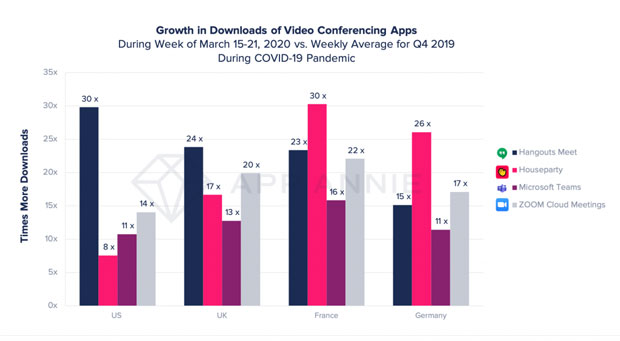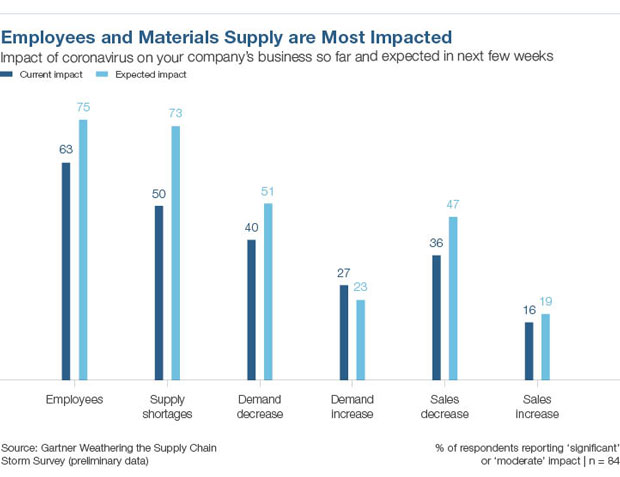By Craig Greenhalgh, Research Analyst at Comparesoft
There is no doubt that the outbreak of COVID-19 has changed the way we do things. From managing health and safety to how we interact with each other. In a short space of time, every aspect of how we live and work together has been altered.
To continue to work under these circumstances, many employees have been left with no choice but to work from home. In a survey conducted in April 2020, 45 per cent of the UK’s workforce had been working from home.
While 30 per cent of workers suggest they’re more productive when working remotely, a return to work is inevitable. As you prepare for a return to office working, you’ll want to plan how to manage the transition to an adjusted workspace.
Restart, Reset, and Reinvent
To be proactive in supporting a return to work, the Sustainable Facilities Management Index (SFMI) has set out a three-point plan:
- Restart: The report recommends facility managers take responsibility for implementing new hygiene and social distancing measures. Where employees will adopt new ways of carrying out their work – which may include some days continuing to work from home – managers should assist with forming these new habits.
- Reset: Increased homeworking has accelerated the digitisation of working practices. To future-proof businesses, facility managers should consider further digitisation of their processes, particularly on supply-chains. Also, opting for local contracts may better-support sustainability. Carbon-emissions from home working should also be included in future sustainability monitoring.
- Reinvent: The report recommends managers give attention to supporting resilience and wellbeing using people-centric services. Where unemployment is rising, managers could assist with social mobility and getting people back into work. Strengthened partnerships between providers and clients is also noted as a positive result of a challenging period.
What Should Facility Managers Be Planning for?
In such a challenging climate, facilities managers may feel pressured more than ever before. To ensure high standards in health and safety, and oversee all aspects of the physical environment, they must play a multitude of roles.
But, with the onset of significant change, facility managers may need to enhance their roles to better-accommodate these new requirements. This may involve upskilling to handle the increased digitisation of working practices, including managing communication tools such as video conferencing and mobile apps.
Facility managers should also try to emphasise support for the wellbeing of staff. Generalised feelings of distress and anxiety have increased in the UK, with 49 per cent of the population reporting feeling worried or stressed about the pandemic.
Plan for Short, Medium, and Long-Term
It will be difficult to predict the success of new protocols without seeing them tested or proved. Breaking down plans into short, medium, and long-term can help. In the short-term, consider complete readiness for a day 1 return. Medium-term accounts for the next 1-2 years, allowing you time to test and validate new practices. For the longer-term, consider the impact on facilities management for the next 3 to 5 years. This will help you to stay agile and responsive.
Adhere to Legal, Regulatory, and Policy Matters
Make sure you abide by local policy legislation and central government regulations relating to post-pandemic guidelines. You should also consult legal and HR teams, and their associated policies, before planning the return to work.
Maximise Health and Safety Measures
Without a doubt, a manager’s role will take on an extra layer of accountability to ensure staff keep themselves and others safe. This includes arranging hand sanitation stations and additional cleaning, checking the number of workers on-site, drawing up plans for staff to socially distance at work, and enhancing your role to support the wellbeing of staff.
Be aware that HVAC systems may pose a risk of promoting a spread. A recent study showed coronavirus particles may be active for as long as 3 hours after their release. Along with water and energy systems, consider how you’ll mitigate any health and safety risks to staff before they return.
Make Use of Technology
With a more agile workforce, technology and digital services should continue to support socially distanced working. This can include more virtual meetings or app-based communication between staff and clients. Handling data will become paramount, particularly when tracking staff, clients, and contractors within the physical space. You’ll also need to track and sometimes restrict the use of indoor space. This is where tools such as CAFM software can help.
Review the Supply Chain
Preventative planning in your supply chain can reduce the chances of any future spread. Check how you could ensure full transparency of suppliers and improve logistics. You should also review stock and inventory requirements, along with any potential improvements you could make to communication channels.
Crisis and Business Continuity Planning
In the case of a crisis, you need to plan a robust response. Include some worst-case scenario planning and outline how facilities would respond to any outbreak. You should also assess the risk of business disruption. Ninety per cent of businesses will shut down within 2 years following a data loss disaster. With more teams working remotely, you need to have a secure data handling process.
Communication, Monitoring, and Reviewing Effectiveness
Work with HR teams and senior leadership to agree how you’ll communicate new return to work policies. Keep staff wellbeing – both physical and mental – at the front of your mind. Set up monitoring systems to track the results and impact of Day 1 and then use this to inform your processes and medium-term strategy.
Conclusion
COVID-19 has brought significant changes to the facilities management sector. Although many organisations have struggled to adapt, others have embraced remote working using digital communications. While the pandemic may have accelerated the need for digital services, many staff need to return to or continue to be at their place of work to perform their duties.
The facility manager role has become a critical support mechanism to ensure staff return to work in a safe and healthy way. In this new working world, managers should plan to take advantage of digital technology. This should also focus on health and hygiene, consider the risks in the short, medium and long-term, and support staff to ensure a seamless, healthy and comfortable return to work.







